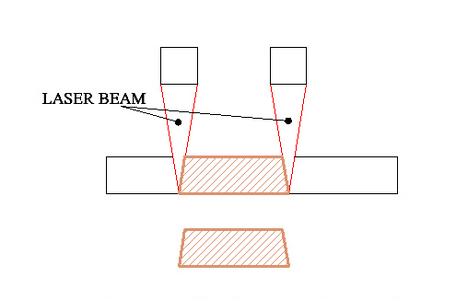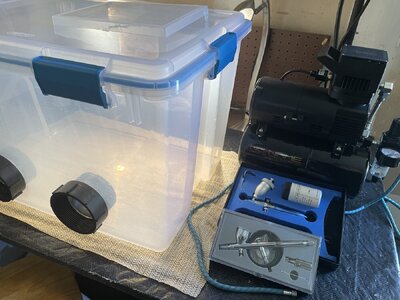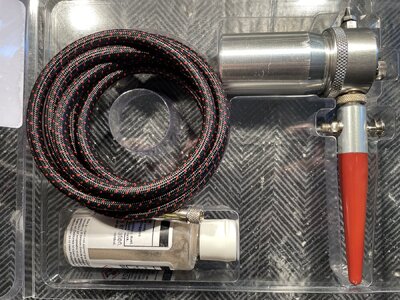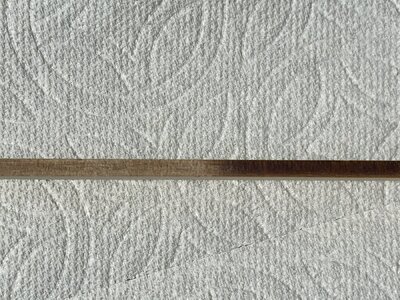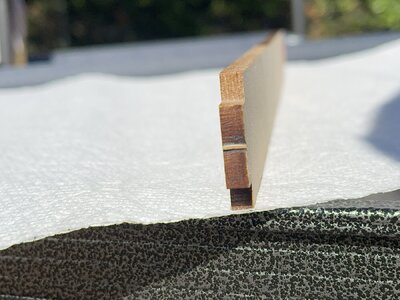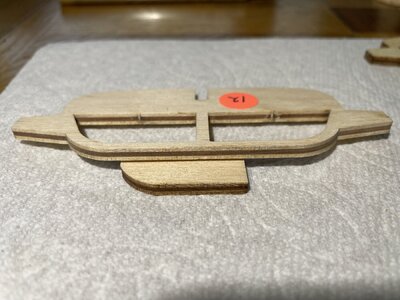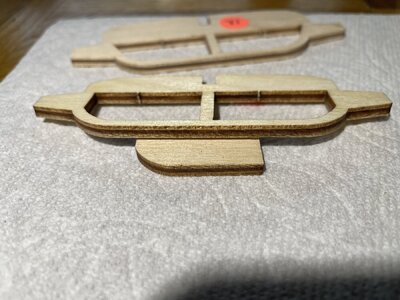hello
@Yuri, here are my thoughts on the set.
Compressor (No-name cool Tooty with tank): fantastic. it keeps the pressure steady up to roughly 60 PSI. Quiet and run only to top the tank. No-name (Spray Gunner) have a great reputation for quality component, and it was.
I would buy again in an instant.
Airbrush (GSI Creos PS-289): A little hard to get. this one was shipped from Japan, but it took only 7 days to arrive at the door. The airbrush is great quality and work very well. Dual-action trigger need some getting used to it, for a beginner like me. The price is very hard to pass. Another great choice would be the new Harder & Steenbeck NEW EVOLUTION 2024.... but twice as expensive. The PS-289 will be great but has a needle of 0.3. For fine detail, I am eyeing the PS-771, from the same company.
I would buy again in an instant.
Air eraser (Master Airbrush Gravity Feed Air): Cheap to buy. It does remove charring easily, without affecting the wood. You need to spray very close, ~5mm away but it does work nicely. See
@Dave Stevens (Lumberyard) above, I'm getting the exact result.
HOWEVER (drawback), it blocks easily and need to be refill very often. The tank is just too small. If, I'm right the nozzle is 0.5, which is a little small. Larger particles of aluminum oxide will block the flow. I noticed it happen every time at 1/3 left in the tank. The small particles go first, and the heaver particles accumulate at the bottom. When it blocks, I remove the media, blow a couple time and refill... then work again.
I would not buy again.
For the air eraser, I'm considering another, the Paasche ER-1S a new release and more expensive. Nozzle is at 0.9 and the tank far larger. When I start my new kit in couple month, I'm likely getting this one. Little review about it since it is a niche market. Hard to recommend without having one... but the specs sound right. A number of good reviews at Ama@@@on.... but who knows about those. Basically, it is the ONLY alternative I could find. Let me know is you come across something else.
Note: For the air eraser build a cheap spray hood (see picture, several youtube video on building one). You will need it. It is messy and you want to keep your lung intact. ;_)
I hope this long comment help you.
